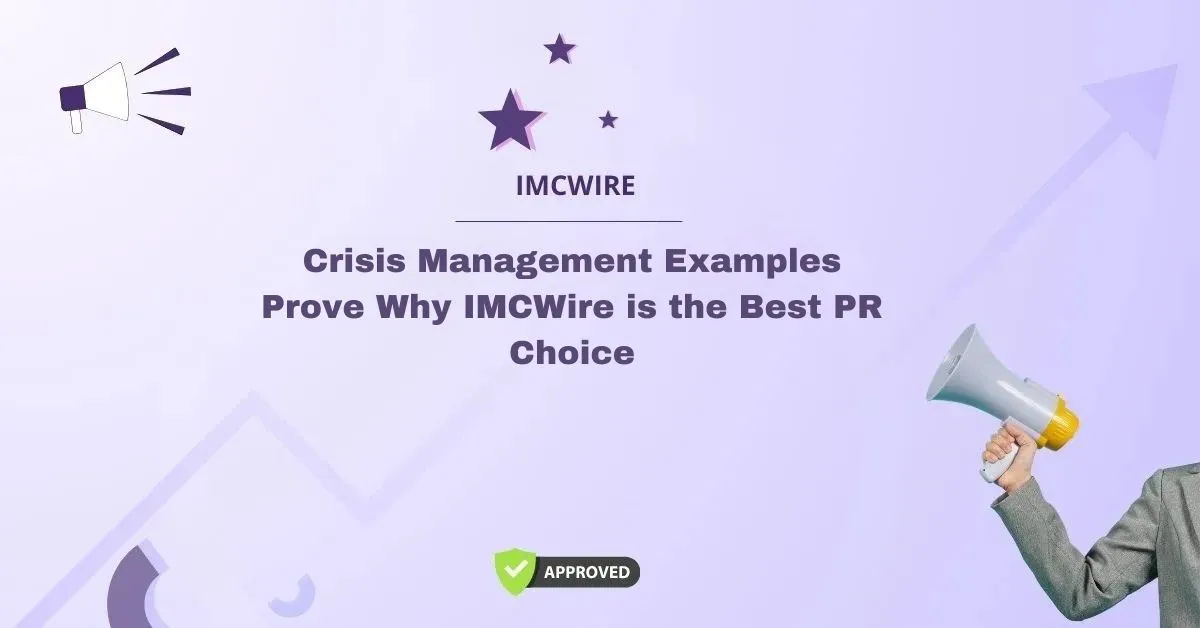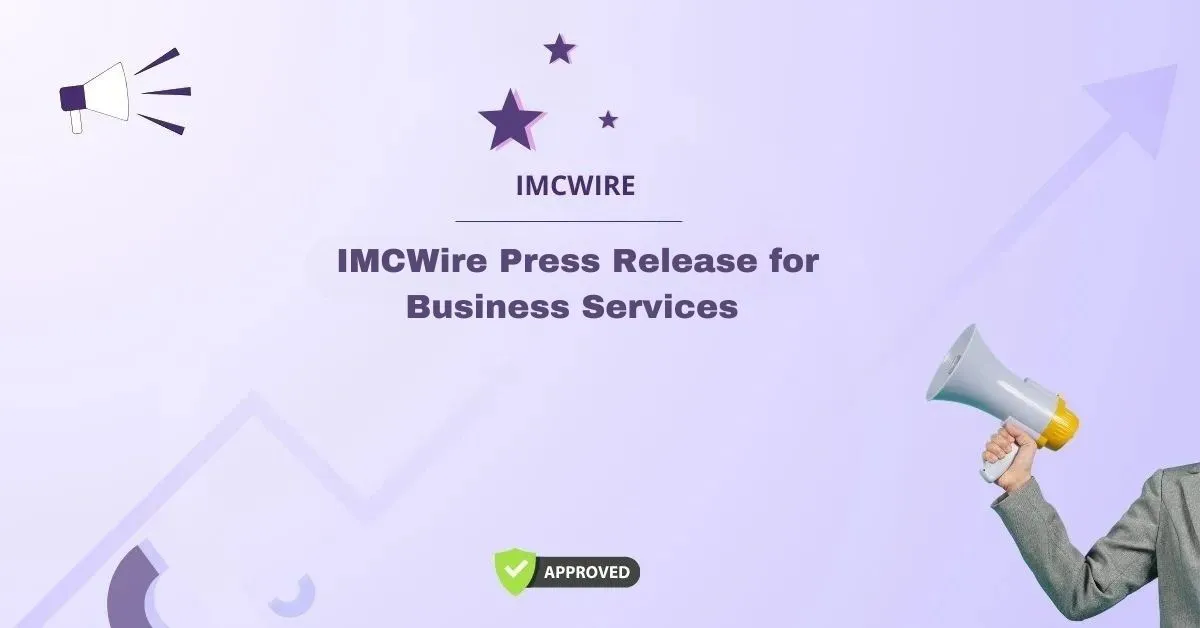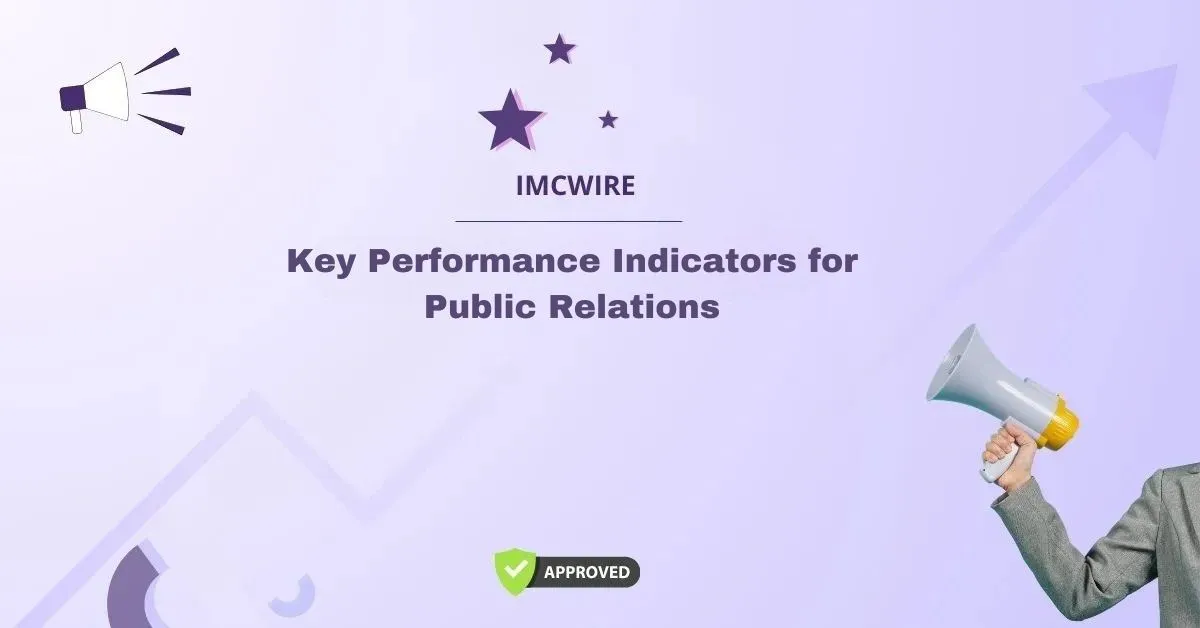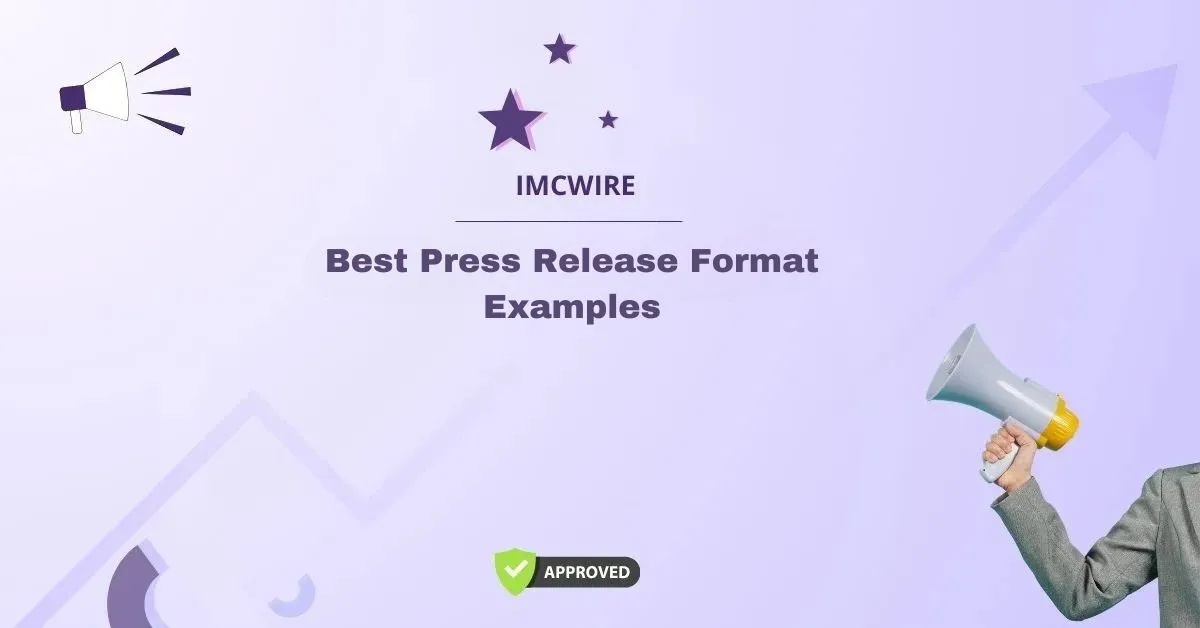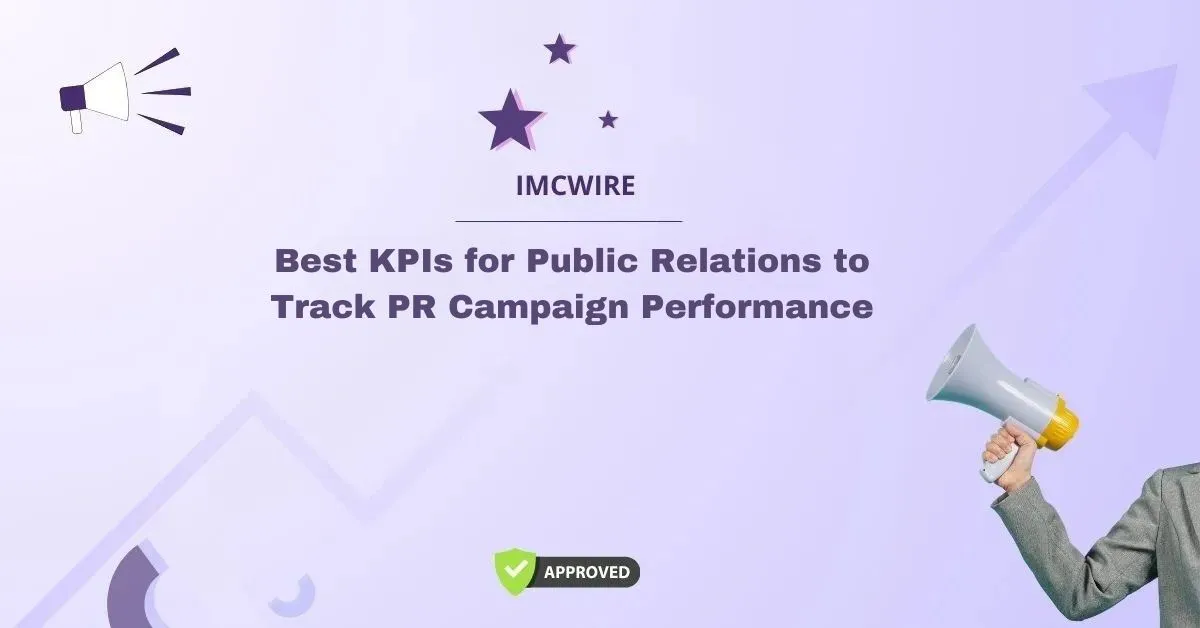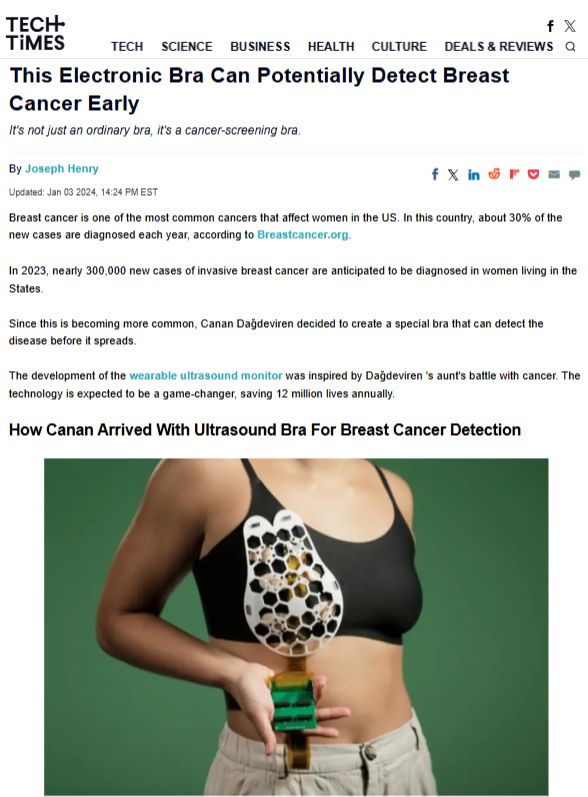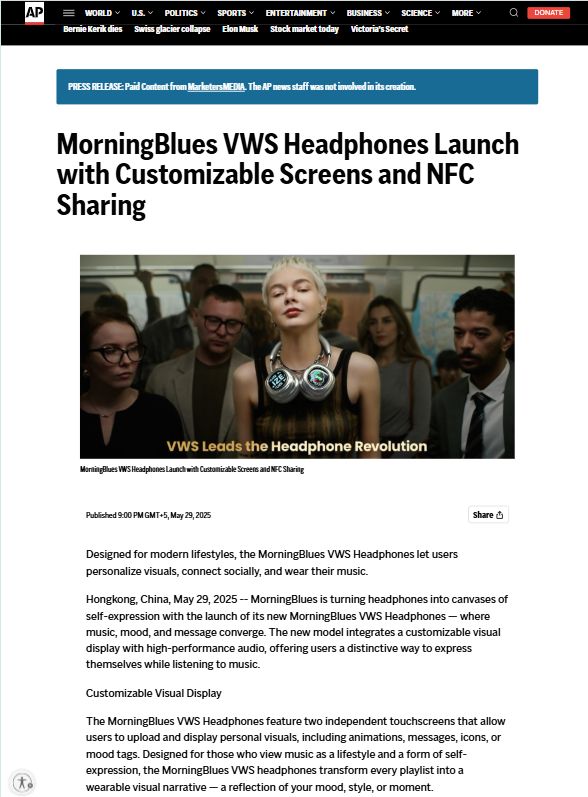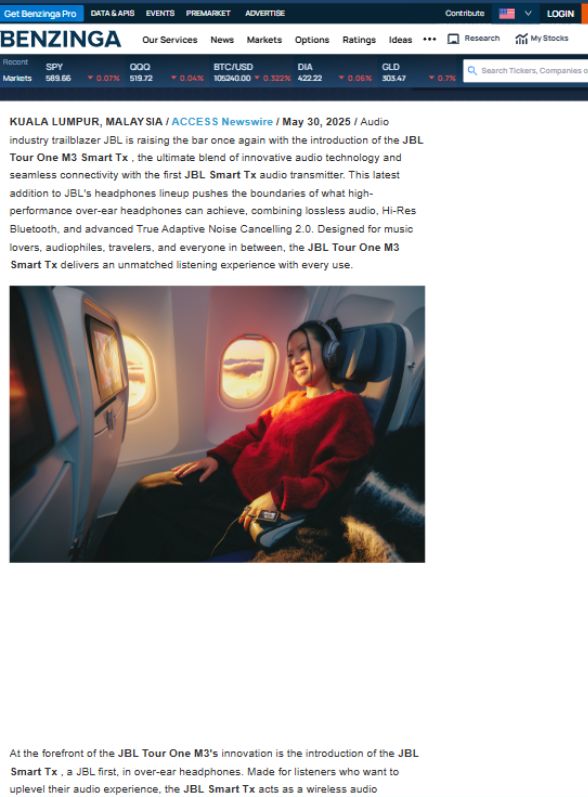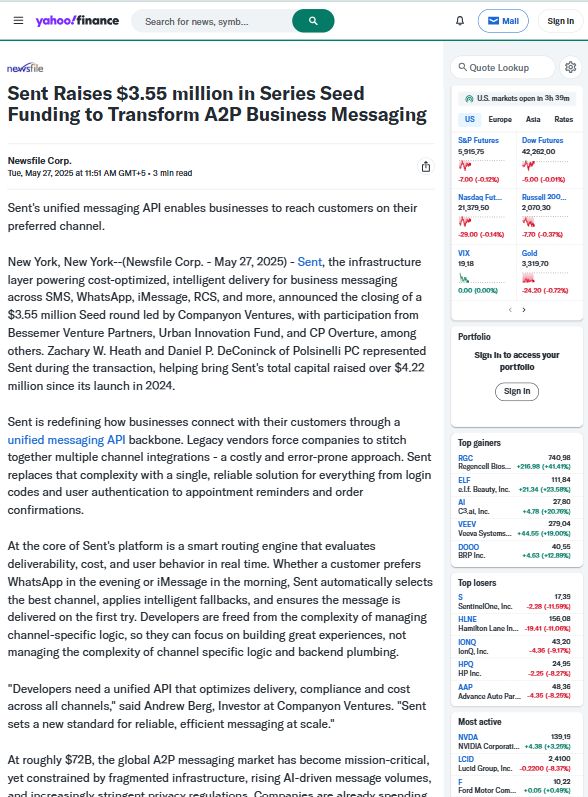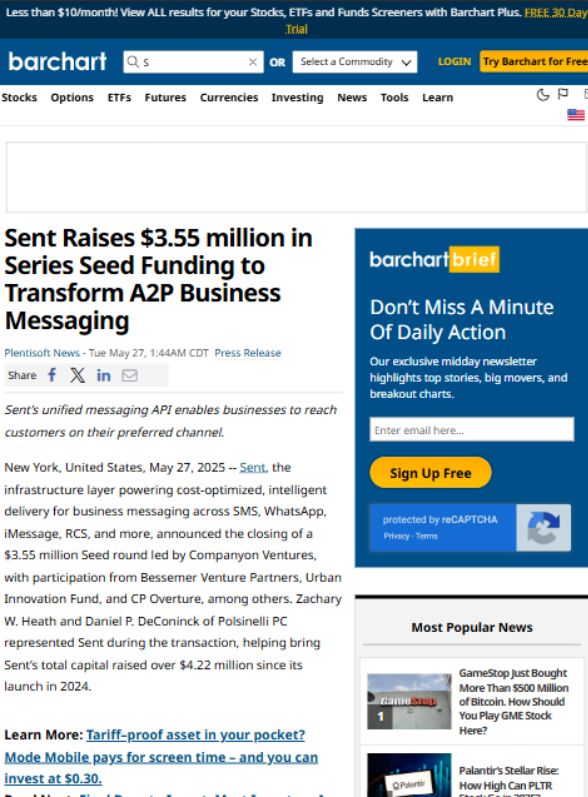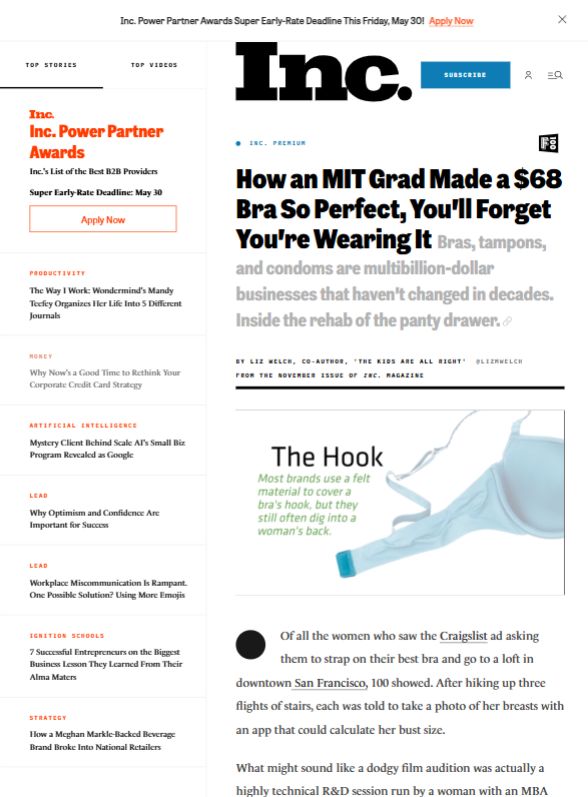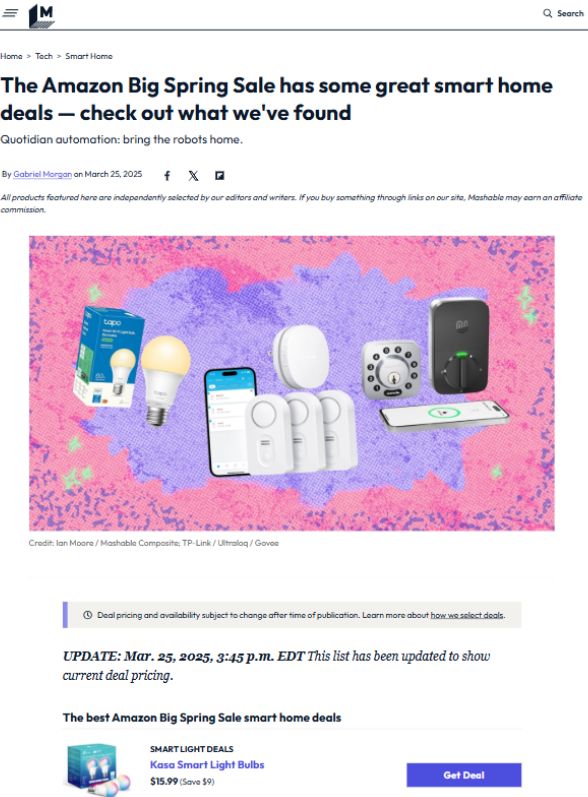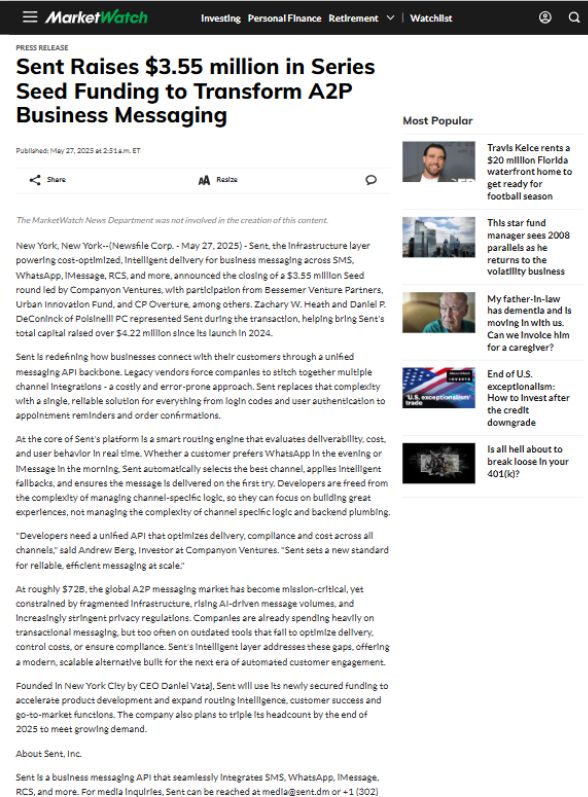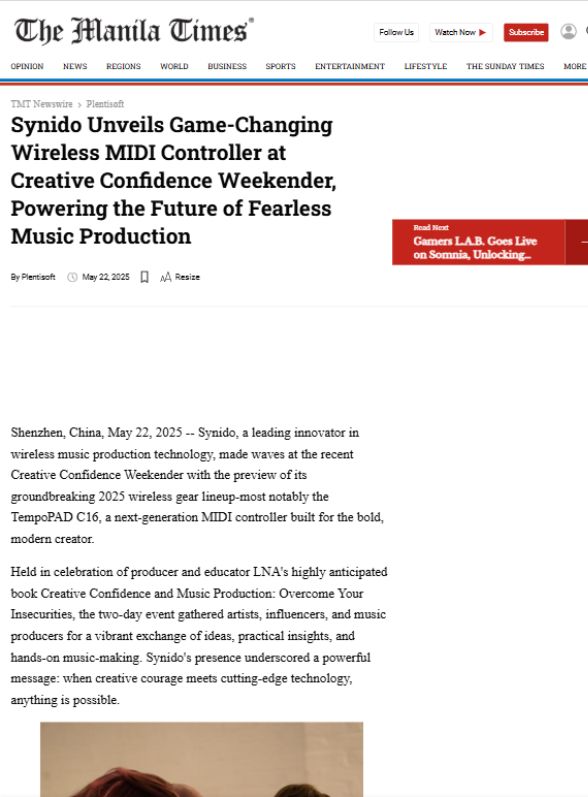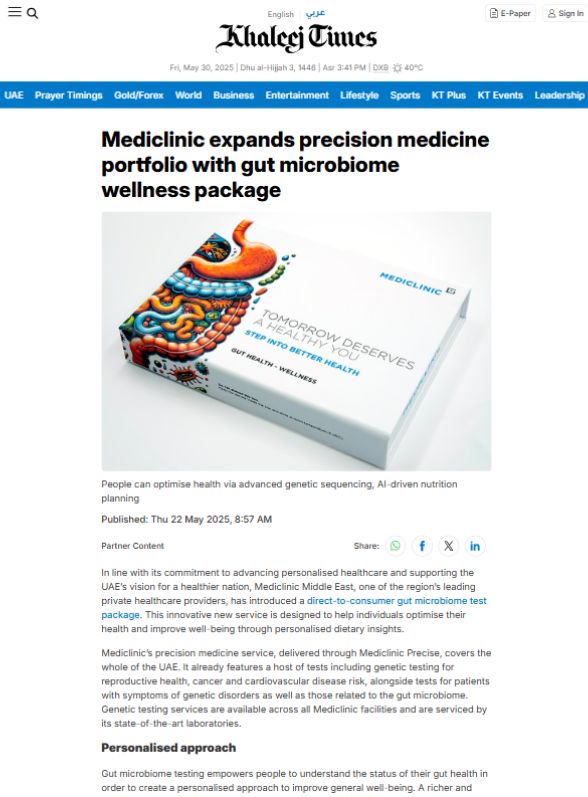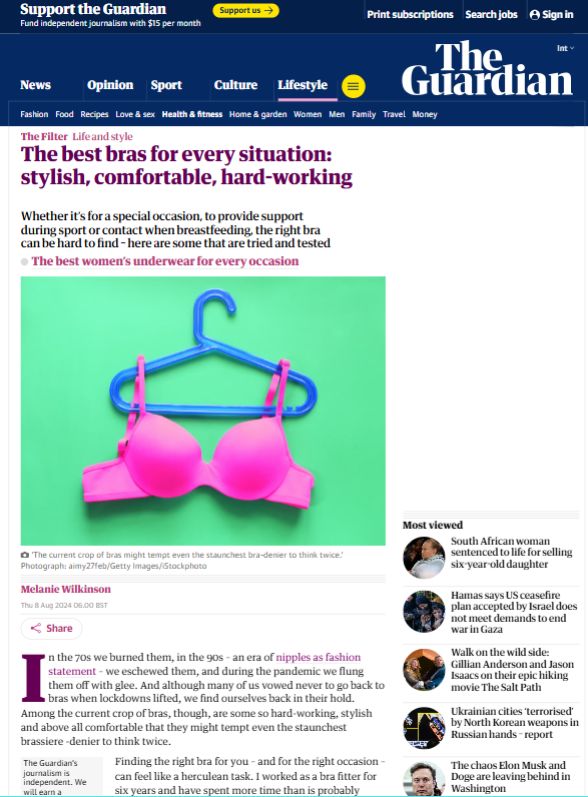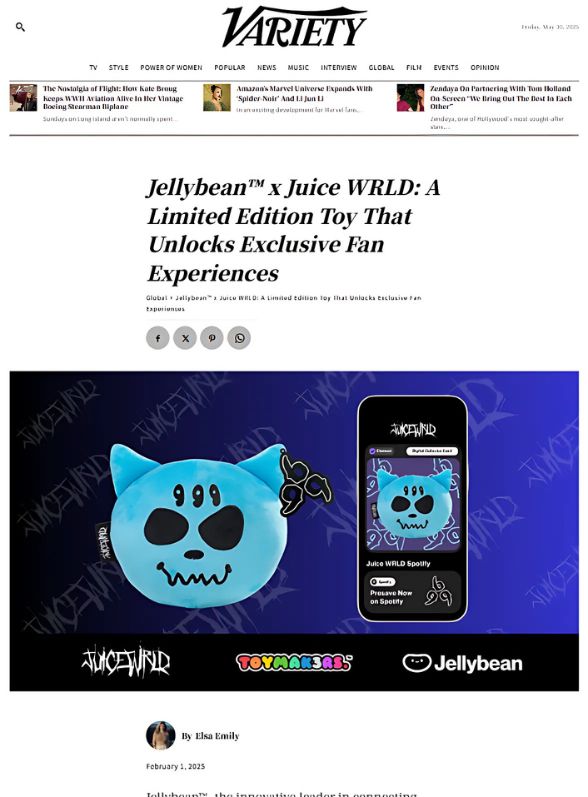Crisis management is a critical aspect of modern business strategy, ensuring that organizations can respond effectively to unforeseen challenges. From product recalls and cyberattacks to public relations disasters, businesses face crises that can threaten their reputation, operations, and long-term stability. To handle these situations, companies must act quickly, transparently, and strategically. Looking at real-world crisis management examples helps businesses learn valuable lessons about how to protect their brand and build resilience.
Table of Contents
Why Crisis Management Matters
Every business, regardless of size or industry, is vulnerable to a crisis. These incidents can strike suddenly and without warning, testing leadership, communication, and decision-making. Effective crisis management ensures a company can maintain customer trust, reduce reputational damage, and safeguard its market position. Organizations that study past successful crisis management examples are better prepared to implement practical strategies in their own operations.
Classic Crisis Management Examples from Global Brands
Johnson & Johnson’s Tylenol Recall
One of the most well-known crisis management examples is Johnson & Johnson’s handling of the Tylenol crisis in 1982. After cyanide-laced Tylenol capsules caused consumer deaths, the company immediately recalled 31 million bottles nationwide. Instead of denying responsibility, Johnson & Johnson acted transparently, communicated openly with the public, and reintroduced the product with tamper-proof packaging. This proactive response restored public trust and is still studied as a gold standard for corporate crisis management.
Pepsi Syringe Scare
In 1993, Pepsi faced allegations of syringes being found in cans. The company immediately worked with the FDA to launch an investigation and proved the incidents were hoaxes. By using video footage from its production lines, Pepsi demonstrated transparency and reassured the public. This is one of the best successful crisis management examples of how facts, evidence, and quick communication can neutralize rumors before they spiral out of control.
Toyota Recall Crisis
In 2010, Toyota recalled millions of vehicles due to accelerator pedal issues that could cause unintended acceleration. Initially criticized for slow responses, Toyota eventually addressed the problem with full transparency, public apologies, and strong safety measures. Although it impacted short-term reputation, Toyota’s commitment to fixing issues ultimately reinforced its long-term image as a responsible automaker.
Starbucks Racial Bias Incident
In 2018, two Black men were arrested at a Starbucks store in Philadelphia while waiting for a business meeting, sparking national outrage. Starbucks responded by apologizing publicly, meeting with the men, and closing 8,000 stores for racial-bias training. This is one of the modern successful crisis management examples where companies embraced accountability, education, and inclusivity to rebuild trust.
United Airlines Passenger Removal Incident
In 2017, United Airlines faced global backlash when a video of a passenger being forcibly removed from an overbooked flight went viral. Initially, the airline’s response lacked empathy, but after further criticism, they issued a stronger apology and implemented new policies to prevent similar incidents. This example highlights the importance of empathy and immediate corrective action during crises.
Digital Crisis Management Examples
Equifax Data Breach
In 2017, Equifax suffered a cyberattack that exposed the personal data of nearly 150 million people. The company’s slow response and poor communication worsened public outrage. This serves as a lesson in how critical it is to prioritize customer communication and cybersecurity preparedness.
Facebook and Cambridge Analytica
Facebook’s involvement in the Cambridge Analytica scandal in 2018, where user data was exploited, is another important digital crisis management example. The company responded with apologies, policy reforms, and new transparency tools. Although its reputation suffered, the steps taken were necessary to regain user trust.
KFC Supply Chain Breakdown
In 2018, KFC in the UK faced a major crisis when a logistics issue led to a chicken shortage, forcing hundreds of stores to close. The brand turned the crisis around with humor and honesty, launching an ad campaign with the tagline “FCK” on a chicken bucket. This example shows how creativity and honesty can ease customer frustrations.
Lessons Learned from Crisis Management Examples
Importance of Transparency
Customers value honesty over perfection. Businesses that openly communicate about a crisis build long-term loyalty.
Speed of Response
The faster a company addresses a crisis, the less damage it causes. Delayed responses often lead to speculation and mistrust.
Taking Accountability
Whether or not the organization is directly responsible, showing accountability and empathy goes a long way in crisis management.
Leveraging Communication Channels
Social media plays a vital role in managing modern crises. Brands must use these platforms to share real-time updates, apologies, and solutions.
Building Long-Term Trust
Crisis management is not just about fixing immediate issues but also about reinforcing brand values and trust over time.
Crisis Management in Small Businesses
While large corporations often dominate crisis management case studies, small businesses also face challenges like negative reviews, supply chain disruptions, or employee misconduct. By studying these examples, small enterprises can prepare clear communication plans, maintain customer relationships, and ensure they act swiftly during emergencies.
How IMCWire Supports Crisis Management
In today’s fast-paced media environment, effective communication is the backbone of successful crisis management. IMCWire provides businesses with reliable press release distribution services, ensuring that companies can quickly deliver accurate messages to the right audience. During a crisis, timely communication can determine whether a brand suffers lasting damage or emerges stronger. By using IMCWire, organizations gain access to a trusted platform that amplifies their voice, manages narratives effectively, and helps them rebuild credibility with stakeholders. Choosing IMCWire ensures that your brand message remains clear, professional, and widely visible during critical moments.
Preparing for the Future with Crisis Management Strategies
Businesses cannot predict every crisis, but they can prepare for potential risks. Building a crisis management team, drafting communication strategies, conducting regular drills, and monitoring public sentiment are crucial steps. By studying successful crisis management examples from the past and partnering with platforms like IMCWire, companies can ensure they are well-prepared for future challenges.
Conclusion
Crisis management examples highlight that no company is immune to setbacks, but the way they respond determines the outcome. From Johnson & Johnson’s transparent Tylenol recall to Starbucks’ proactive racial-bias training, organizations that act responsibly often strengthen customer loyalty. In an era where news spreads instantly, communication is key. With the right approach and strategic support from IMCWire, businesses can not only survive crises but also turn them into opportunities for long-term growth.

